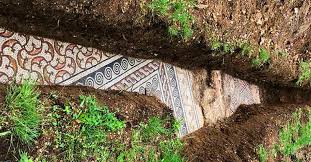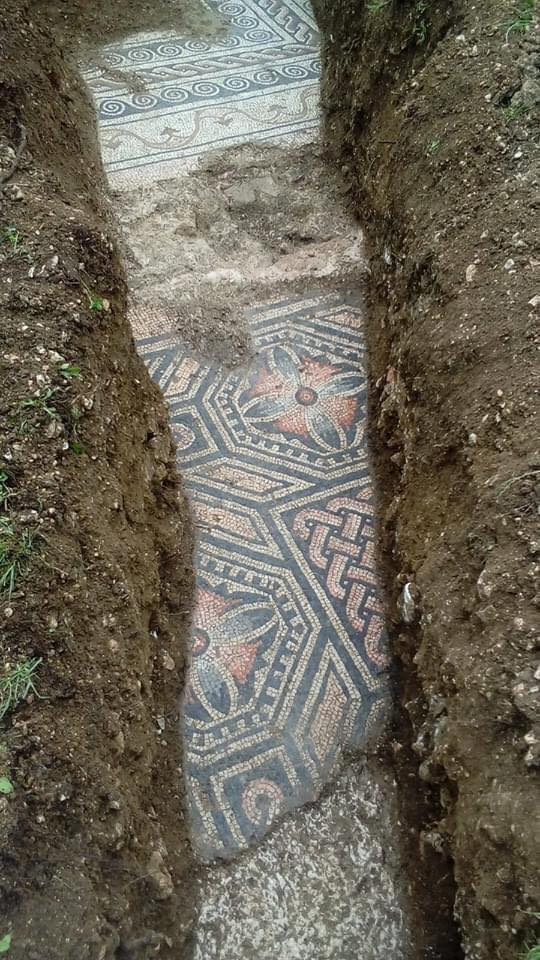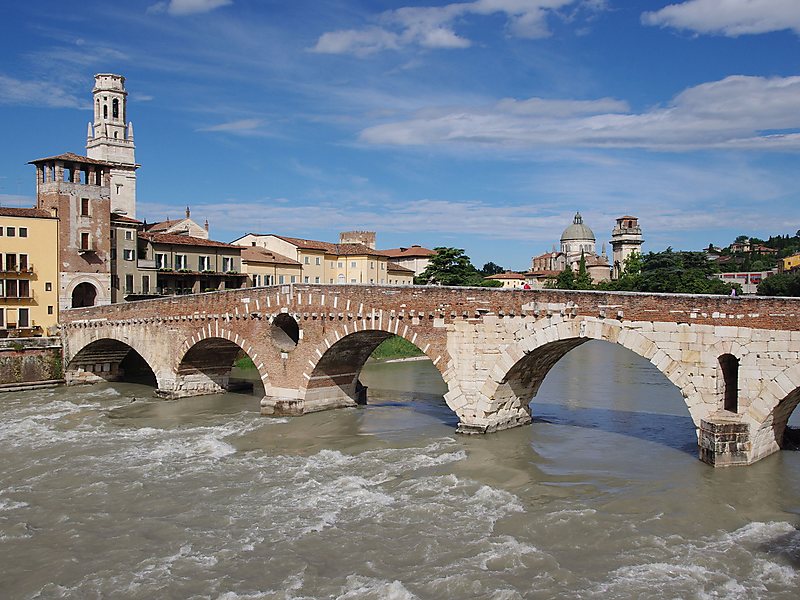Roman mosaic floor has been discovered under a vineyard in northern Italy
A Roman mosaic floor has recently been discovered under a vineyard in northern Italy after decades of searching. While taking to Twitter Myko Clelland, who is a family historian, shared the images of the ‘biggest discovery’.

Surveyors in the commune of Negrar di Valpolicella north of Verona published images of the well-preserved tiles buried under meters of earth.
According to officials, scholars first found evidence of a Roman villa there more than a century ago. Technicians are still gently excavating the site to see the full extent of the ancient building.

A note on the commune diggers finally made the discovery “after decades of failed attempts”.
Surveyors must ask the owners of the vineyard and the municipality to “identify the best ways of making this archeological treasure accessible and usable, hidden under our feet.”
Technicians will need “significant resources” to finish the job. But local authorities have pledged to give “all necessary help” to continue with the excavation.
About Verona Roman

Verona, its strategic position at the center of a network of roads is comprised, of the streets Postogna, Gallica, and Claudio Augusta in the Roman period.
Even today in Verona, the traces of its Roman heritage are so abundant and well-preserved that after Rome, Italy is the region with the most recognizable parts.
Verona is one of the seven provincial capitals of the region. It is the second-largest city municipality in the region and the third-largest in northeast Italy.
The metropolitan area of Verona covers an area of 1,426 km2 (550.58 sq mi) and has a population of 714,274 inhabitants.
It is one of the main tourist destinations in northern Italy because of its artistic heritage and several annual fairs, shows, and operas, such as the lyrical season in the Arena, an ancient Roman amphitheater.
Between the 13th and 14th century the city was ruled by the Della Scala Family.
Under the rule of the family, in particular of Cangrande I Della Scala, the city experienced great prosperity, becoming powerful, rich, and being surrounded by new walls. The Della Scala era is survived in numerous monuments around Verona.
Two of William Shakespeare’s plays are set in Verona: Romeo and Juliet and The Two Gentlemen of Verona. It is unknown if Shakespeare ever visited Verona or Italy, but his plays have lured many visitors to Verona and surrounding cities.
The city has been declared a World Heritage Site by UNESCO because of its urban structure and architecture.





